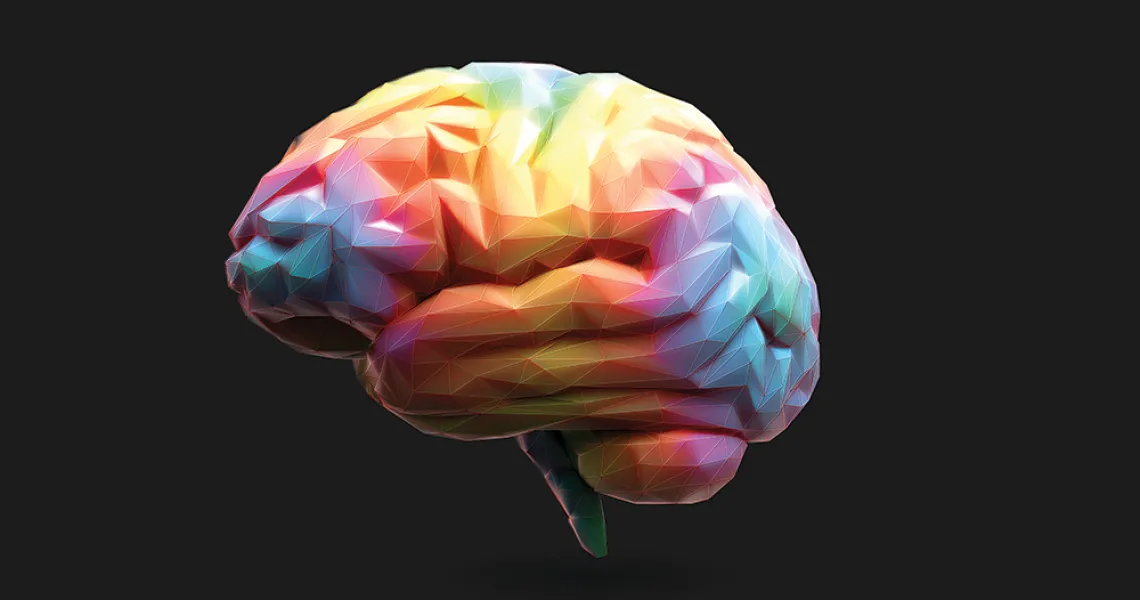Energizing Aging Brains

Could near-infrared light give aging brains a boost? A team of researchers from the University of Arizona thinks so. Along with partners at the University of Florida, they are investigating whether near-infrared light could help enhance cognition and reduce Alzheimer's disease risk in older adults.
With the support of a $3.8 million grant from the National Institute on Aging — $1.8 million of which was distributed to the University of Arizona — researchers are exposing study participants to near-infrared light via caps placed on participants’ heads and devices inserted in the nose.
"We think near-infrared light can help enhance energy metabolism and mitochondrial function; mitochondria are essentially the engines in the cell that produce energy,” says Gene Alexander, one of the project's principal investigators and a professor in the UArizona departments of psychology and psychiatry, the Evelyn F. McKnight Brain Institute and the BIO5 Institute.
Near-infrared light has shown promise as a cognitive intervention in animal studies and in smaller human studies. If proven successful, this intervention could be a safe, low-cost tool in the battle against cognitive decline and Alzheimer's disease.

Gene Alexander
‘We think near-infrared light can help enhance energy metabolism and mitochondrial function; mitochondria are essentially the engines in the cell that produce energy.’
The two universities are enrolling participants now and will include 168 over the course of the five-year study. They will focus on older individuals who are cognitively healthy but have increased risk for Alzheimer's disease.
“There’s a lot of interest now in trying to identify people who are in the preclinical stages of Alzheimer's disease, because we think that's when we have the best chances of intervening and being able to prevent or delay its development,” says Alexander, who also is director of the Brain Imaging and Fluid Biomarkers Core for the Arizona Alzheimer's Disease Center.
Participants will be randomly assigned to either the study group, which will receive the light treatment, or the control group, which will use the same equipment and procedures but will not receive any near-infrared light exposure. Because near-infrared light can't be seen and doesn't emit heat, participants won't know whether they are getting the treatment.
Before and after the intervention, participants will complete neuropsychological tests and undergo MRI scans to measure resting state connectivity in the brain. Researchers also will use a special type of MRI scan known as magnetic resonance spectroscopy to measure aspects of mitochondrial brain function. Participants will be tested again three months after the intervention to determine whether there were any lasting effects.
